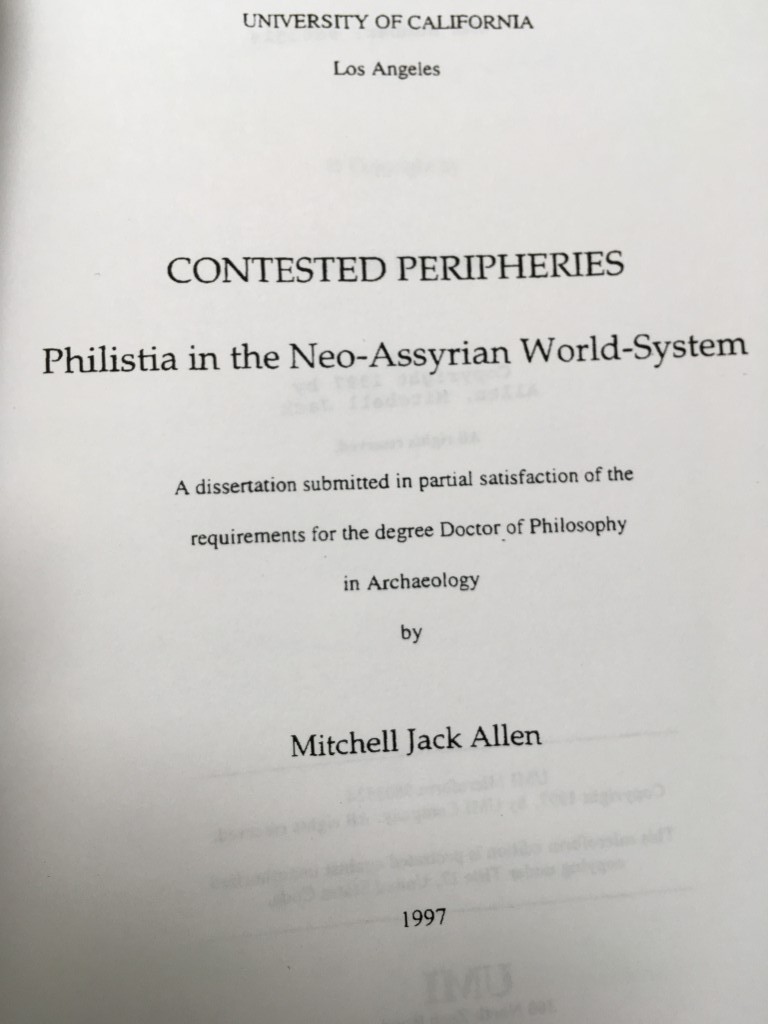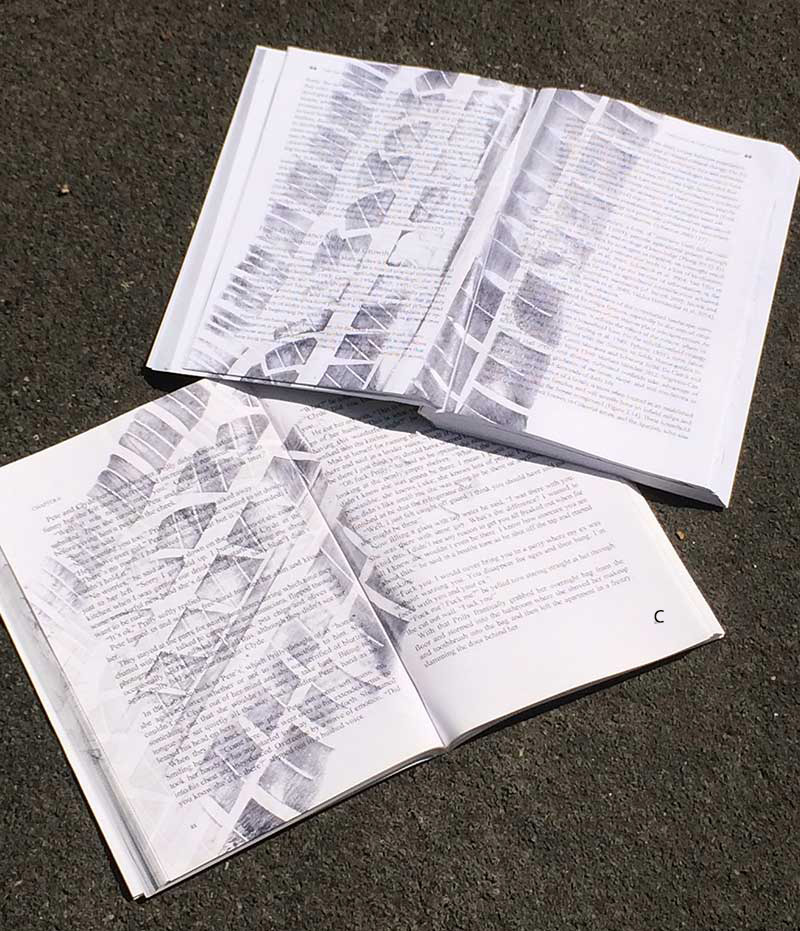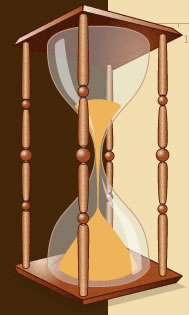


Mitch’s Blog
Turning Your Dissertation into a Book:The Hourglass Method
Thursday, July 13, 2017
I just gave a webinar for the innovative Center for Digital Archaeology on publishing out of your dissertation. Among the confounding factors in deciding how to proceed is the unfortunate physical 
So why can’t you just repackage what you’ve already done and make a book out of it. Surely some publisher will want it. After all, at the end of your defense, one of your committee members persuasively intoned “This is good work. You should publish it as a book.” The rest of the committee sagely nodded their agreement.
So you sent it to me, as publisher of Left Coast Press, and got a terse, “sorry not for us.” Well, we were probably a ways down on your list, getting turndowns from Cambridge, Harvard, Chicago, and a host of other university presses first. Then Routledge, Wiley, Sage, Springer. Then the second tier of university presses: Southern Illinois U Press, Northern Illinois U Press, and publishers located in any other corner of the state of Illinois. Were your advisors that badly misinformed? Probably. Few academics know anything about getting a book published. But that’s not the problem here. The problem is with the hourglass.
The Belgian Ice Age
Remember when you first started on your dissertation project. Maybe you don’t, recalling those early days are too painful. But you probably started with a BQ, a BIG QUESTION. How Climate Affects the Development of Social Complexity. Blurring of Gender Roles Decreases Inequality. Remember the complex design you were going to use to tackle that question—a survey, some observation, a couple of focus groups. Film your setting. Create an interesting computer simulation. Interview everyone remotely involved. Along the way, your advisor and other committee members pointed out the magnitude of your plans. Yes, that BQ needs an answer and, yes, triangulating through all those methods would get you a robust, solid answer. But it would take about three lifetimes to do all that work. The reading you needed to do on your BQ would alone take about 20 years. Narrow things down, they all advised. Pick one part of your BQ, maybe a more modest variant of it to ask. Pick a single method to collect your data. Cut your reading list down to items only relevant to answering your modest question. So, rather than solving the problem of human interpersonal violence, you ended up with The Little Ice Age in Belgium: Its Effect on the Growth of the Native Beer Industry, 1580-1620. Along the way, as you suggested other interesting avenues or methods of research, the committee obstinately refused to let you go down those rabbit holes and, if anything, narrowed you even further.
It was the right thing to do. Manageable within half a decade. Proved you could do research. And it’s not like you didn’t have enough to read, even on this narrow a topic. Your audience, the five people on your committee, were pleased with the results. They should be, you did a good job.
But if a publisher sold copies to each of those committee members to use as Christmas presents and another 50 copies to you to give away to everyone in your circle of friends (hopefully, most of them have no interest in reading your dissertation or you need to widen your circle of friends), they would still lose money on the project. They need a much bigger audience than the members of your committee.
 The Hourglass Revision
The Hourglass Revision
And that means going back to your BQ. Your focused research was a regular tightening of the boundaries of your study, like the narrowing of an hourglass. For a book publisher, you need to widen it back up to where it first started. That’s what the publisher wants, the contribution of your researfch to the BQ. That’s what will attract mor readers, beyond just the other 17 scholars in the area in which you specialize, enough to make the book viable.
It shouldn’t be too hard. You just need to retool what you already know, much as your committee made you do. That literature review that contains the history of your BQ, condensed to 20 overly-terse pages? Expand it back to 2 or 3 chapters. That provides a history of the BQ for the non-expert you’re selling the book to and creates the context for your contribution. The mounds of data you amassed needs to be shrunk into a couple of chapters of those most relevant to the argument. The rest will appear in journals along the way. The citation of everyone you read is no longer necessary—you’re a colleague not a student any more. So drop all that theoretical kowtowing to Derrida or Merton or Barad and get on with your contribution to the BQ. Cut those references in half and the notes by 90%. The methods can be condensed to a page or two—anything truly innovative deserves its own article. All that complex jargon you worked so long to master, toss it in favor of plain language you would use with an advanced undergrad student. If you need to use technical terms, keep it to a few and make sure you define them as you go. Even the acknowledgements can be dramatically shrunk; after all, everyone is already thanked in the original dissertation. No matter how long the original document, make it fit in under 100,000 words; 75,000 words would be even better. Publishers have to print all those pages and length is one of the key things they look at. A book on your BQ that provides the history of the topic and adds your unique contribution is the one most likely to be picked up by a publisher. Think you can do that? With all those changes in mind, you can contact a publisher and put together an excellent proposal for your book.

I’m sure there will be others.
(c) Scholarly Roadside Service
Back to Scholarly Roadkill Blog
Scholarly Roadside Service
ABOUT
Who We Are
What We Do
SERVICES
Help Getting Your Book Published
Help Getting Published in Journals
Help with Your Academic Writing
Help Scholarly Organizations Who Publish
Help Your Professional Development Through Workshops
Help Academic Organizations with Program Development
CLIENTS
List of Clients
What They Say About Us
RESOURCES
Online Help
Important Links
Fun Stuff About Academic Life


